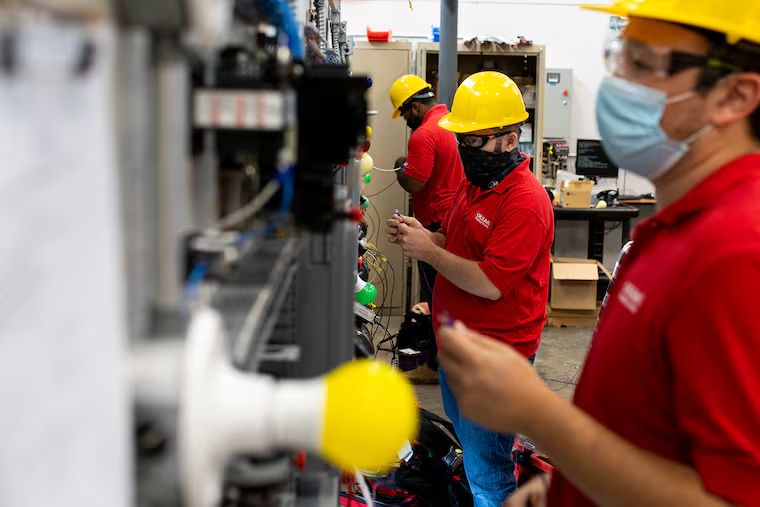Philly didn’t become America’s poorest big city by chance. Here’s how we fix it. | Inga Saffron
Almost every major problem Philadelphia faces, from gun violence to the opioid epidemic, has its roots in poverty. The only way out of that cycle is to create more good-paying jobs.
